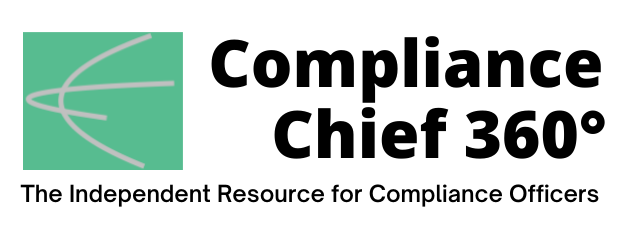
As described by Treasury, de-risking refers to financial institutions “terminating or restricting business relationships indiscriminately with broad categories of customers rather than analyzing and managing the specific risks associated with those customers. De-risking undermines several key U.S. government policy objectives by driving financial activity out of the regulated financial system, hampering remittances, preventing low- and middle-income segments of the population from efficiently accessing the financial system, and preventing the unencumbered transfer of humanitarian aid and disaster relief.”
“This strategy reflects the Biden-Harris Administration’s priority to shape a safer, more transparent, and more accessible financial system, while at the same time maintaining a robust framework to protect the U.S. financial system from illicit actors and bolstering national security,” Treasury said.
To understand the root cause and negative impacts of de-risking and to inform this report, Treasury said it engaged in extensive consultation with the public and private sector—including banks, small and medium-size Money Service Businesses (MSBs), communities that depend on these businesses for remittances, and certain small businesses and non-profit organizations (NPOs).
Key Findings
According to Treasury, the “primary factor” in financial institutions’ de-risking decisions is profitability, which is “influenced by a range of factors.” Such factors include “a financial institution’s available resources and the cost of implementing Anti-Money Laundering/Countering the Financing of Terrorism (AML/CFT) compliance measures and systems commensurate with the risk posed by customers; reputational risk; risk appetite; a perceived lack of clarity regarding regulatory expectations; and regulatory burdens.
Another key finding in the report: Customers who face de-risking challenges most acutely include small and medium-size MSBs; NPOs operating abroad in high-risk jurisdictions; and foreign financial institutions with low correspondent banking transaction volumes, particularly those operating in financial markets that pose high AML/CFT risks.
Policy Recommendations
The strategy provides numerous recommendations for the federal government on how to promote consistent regulatory expectations, provide incentives to U.S. banks to avoid de-risking, and to advance public and private engagement and cooperation at home and abroad.
Those recommendations include, in part, that the federal government:
- Consider proposing regulations requiring financial institutions to have reasonably designed and risk-based AML/CFT programs supervised on a risk basis, possibly considering the effects of financial inclusion;
- Consider clarifying and revising AML/CFT Bank Secrecy Act regulations and guidance for MSBs;
- Bolster international engagement to strengthen the AML/CFT regimes of foreign jurisdictions;
- Support international financial institutions’ efforts to address de-risking through related projects and technical assistance; and
- Continue to assess the opportunities, risks, and challenges of innovative and emerging technologies for AML/CFT compliance solutions.
Treasury noted that in the coming weeks and months, it will be reaching out to public- and private-sector partners to coordinate the best path forward to implement the strategy’s recommendations. ![]()
Jaclyn Jaeger is a contributing editor at Compliance Chief 360° and a freelance business writer based in Manchester, New Hampshire.

